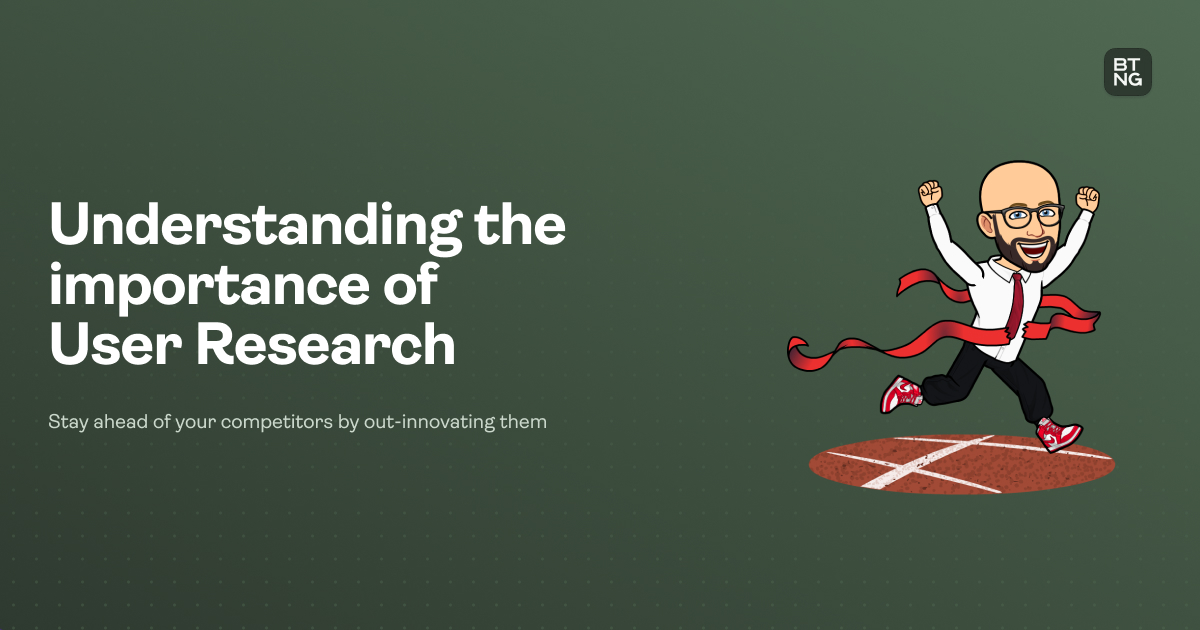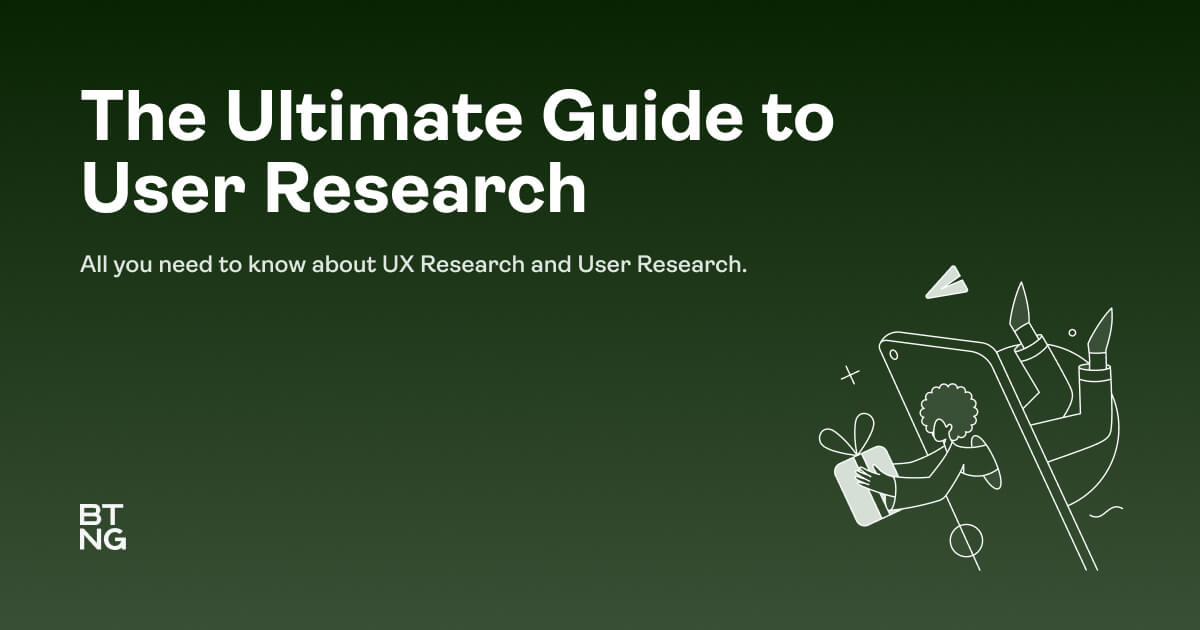How to Successfully Recruit Research Participants. Why? Because it isn't easy!

IMPORTANT: This article is part of The Complete Guide To UX Research.
I'm going to show you a few of the easiest ways to recruit participants for user experience research. It's important that you know how to recruit, because it is one of the most crucial steps in any UX project. This article will help guide you through what participant recruitment is and who should be recruited for different types of UX projects. We'll also go over criteria for successful recruitment and finish with 8 Pro Tips for Recruiting Participants for a User Research.
What is a User Research Participant Recruitment and why is it important?
Participant recruitment is the process of finding people to take part in user experience research. Participant recruitment can be done through a variety of ways, like print media (newspapers, magazines), online ads (including Facebook and Google Adwords) or flyers posted around town.
This might sound overly complex but you can also start a bit more simple. Think about going through your social media network (Hello LinkedIn!) but also ask the client if they have a network of people who would be relevant to your research study.
You might be wondering, why is the recruiting participants for research study so important?
The answer is that you want to recruit people who are actually going to fit the target groups for your research study.
This might sound silly because it seems like a given but the reality is there are several reasons why this would be important:
- If you recruit the wrong type of people, you might not get the right data you need for your research case. This also includes existing users who might be biased.
- If people are too experienced with UX, they could skew their responses based on preconceived notions of how everything should work and what a good design is.
- Let's say you're recruiting for research studies for a mortgage tool and you're users don't understand how a mortgage works. You would get a lot of "I-don't-understand-this" feedback, while it might not be the fault of the product.
So make sure you have a good profile of your potential participants in your usability tests for your research.
If you recruit the wrong type of people, you might not get the right data you need for your research case. This also includes existing users who might be biased.
Why is Recruiting Research Participants so difficult?
As to why so many find this to be so difficult, well, there are multiple reasons.
Perhaps your product/service is niche and therefore the general population just can’t offer very many of your target users.
Or, you’ve projected a budget, which means your target audience is also limited.
And of course, there are those that find it difficult to recruit eligible participants because they don't know where to start and what kind of people they should be looking for.
Last but not least: Time. Quite often projects are deadline-driven. Setting up a research plan, creating a prototype, recruiting the right people can take up quite some time.
8 Pro Tips to Recruit Participants for a User Research
If you're stuck for ideas, here are eight ways to find participants:
- User-generated targeting. Target a specific audience of people who use your product or service.
- Pay a small fee in exchange for feedback on potential problems with the system/product.
- Target markets relevant to what you want feedback from using social media advertising and other marketing channels
- Leverage your personal network. Ask your friends, colleagues, family, and wider network to help you with research studies. The upside to running user interviews with people from your network, is that you can find some really enthusiastic research participants. But there's a serious downside you need to keep an eye out for. These types of participants might unintentionally give you subjective feedback because they know you or have a personal connection with you.
- Offer incentives like cash rewards, free products, or services if they participate in research sessions (for some industries this is not allowed). You can also offer travel accommodations and food vouchers as an incentive. Take care of their time by ensuring that sessions are scheduled at convenient times. Additionally, reward them with little perks during the session such as coffee, water, and snacks, etc.
- Screen your participants. This is a crucial step in the recruitment process, it's important to screen your users before you recruit them for user interviews. Screening helps determine if participants are qualified for research sessions and will provide more relevant feedback that can be applied to products or services.
- Check-in with participants to reduce no-shows. Make the sessions as personal and enjoyable as possible. One way to do this is by building rapport with your user research participants so that they can build trust in you, which will result in more natural responses during interviews, moderated discussions, or testing sessions.
- Have a few extra research participants ready to step in. This will ensure that you have a replacement if someone doesn't show up or has to leave early.
Be sure to include recruitment criteria with your session details so that participants know what they're getting themselves into and can provide more accurate information about their needs, interests, background knowledge, etc.
Recruiting the right people for User Research
The best way to ensure you are recruiting and finding the right participants for a study, is to understand the goals of the research. By understanding the goal of the research it's not that hard to figure out who you need to involve in your research process.
Is it a buyer persona, user persona or that one difficult type of customer who can be a pain in the ass?
As you might know the BTNG Research Team are huge fans of creating multiple research-based personas. This can be vital tool to identify the right people for your research projects.
So when you start to find participants - you need to make sure they actually align with the chosen Personas by screening them!

Screening User Research Participants
The best way to do this is with a screener survey. During the screening process we can ask them for example about things like how often they use the product - service or website, their history/relationship with the client or any other screening questions.
Although screener surveys are fairly straightforward in concept, there are some common mistakes that can be made, with potential consequences.
Don't lead the participant
The screener survey is a tool to help you find the candidates who are a perfect fit for your study. Giving away the solution early can devalue the screening process and make your research less effective.
Look for behaviors
Behavioral questions are a great way to find the people you want. For example, ask questions about their attitudes and behaviors towards certain topics or products.
If you're looking for someone with experience in your industry then look for somebody that has prior knowledge of it- meaning they should be able to answer questions on specific subjects related to your study or product.
Ask the easy questions first
To make your screener survey pleasant as possible, start with the easy questions and end with more difficult ones. But do prioritize the questions of most importance. Rank them in order of importance.
If you ask participants to answer a lot of hard questions upfront, they might not want to complete your survey at all or find it too tedious.

Listing the criteria for recruiting participants
Before you recruit potential participants for your research panel, you must consider what criteria you need to apply when recruiting so that your participants can provide relevant insights for your project.
Avoid using demographics completely, or, at least, leaving them to the end of the process. Consider using other topics, for example:
Particular behavior you are looking for
- Use a mobile website or app at least once a day for more than 30 minutes.
- Use an online food order app regularly.
- Prioritize price and convenience of ordering food from a restaurant. Be willing to pay extra for delivery service or pick-up at an in-person location (e.g., the grocery store, their office).
Goals that might be important to your potential users:
- Loyalty program usage
- Daily offers and deals
Habits they might have:
- Order lunch on their way to work
- Order takeout in the evening
After you define these more significant areas, you can dial in on information like demographics. Generally, however, these are not always helpful to find participants, unless you have particular needs for gender, income, or location.
Source participants for your own research panel for your study via online communities
Don’t have a wide circle? Reach out to people on social media, community platforms like Reddit and Slack.
- Reddit: Find Subreddits related to your topic and post a short introduction of what you are looking for. Include questions that may help outline the scope of the research, like “Do you think X is important?” or “Would this be something you would use in your daily life?”
- Slack: Post an intro with a type of study, how long it will take, when participants can expect to get back from me (ex. "I am looking for people who have used product A" so they know upfront whether they qualify). Be sure to mention possible topics upfront and ask if anyone has any feedback about those areas. You might need some incentive—offer free swag!
Use tools that find research participants for you
If you have the budget, you can consider using a tool to find and recruit potential research participants. Expect to pay up to $300 per participant if you require the participants to fit specified criteria.
This is a great option if you don't have the time and resources to recruit participants yourself.
Before choosing which tool, reach out to potential research participants for feedback on what they like or dislike about them (i.e., costs, user interface).
This is a costly method, but one that gets you the right research participants when you need them. For example, for creating a medical app, you might want to recruit people who have had a past medical experience.
There are online solutions which offer a test panel with a pool of +75.000 participants. You can select participants that fall within your target audience demographic and get results within a couple of hours.
Automating your scheduling and messaging systems
Let’s say you know which people you want to target and you want to start scheduling some first interviews. Scheduling can be a tedious process, but luckily this is where a tool like Calendly can make things much easier.
You can set up your own criteria for participants and then add them to a waiting list that will automatically send people in the order they were added. You don’t have to worry about double-booking interviews or forgetting when you need to talk with someone again because Calendly takes care of it all!
Another great thing about scheduling through an online tool is that you can easily create custom messages for each participant, so if one person doesn't show up or isn't interested anymore, you'll still have prewritten responses ready to go.
Calendly also integrates with Google Calendar which means any time a new appointment request comes in on your calendar, the corresponding notification goes out as well.
The Takeaway on Recruiting Research Participants
That's it! You should now have a better idea of how to approach the research participant recruitment process. Now you are ready to get creative with recruiting participants, offer fair incentives, check in with the participants throughout the process, use of online communities and consider using some great tools to assist you throughout the process.
Also make sure to reach out the BTNG Research Team if you have any questions.
You can always schedule a call with one of our experts.

Related Posts

The importance of User Research

UX Research Methods

What is UX Research

How to generate UX Insights

How to recruit participants


